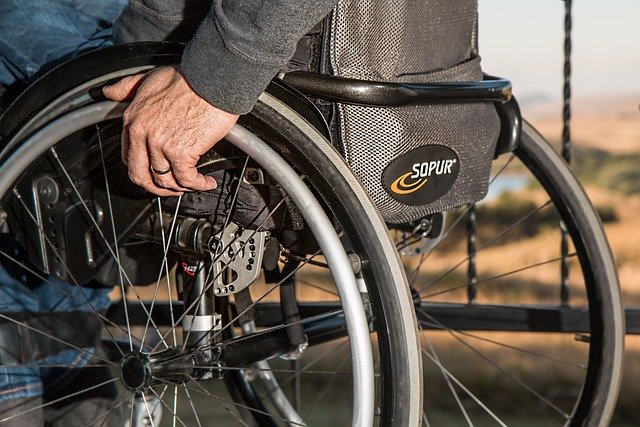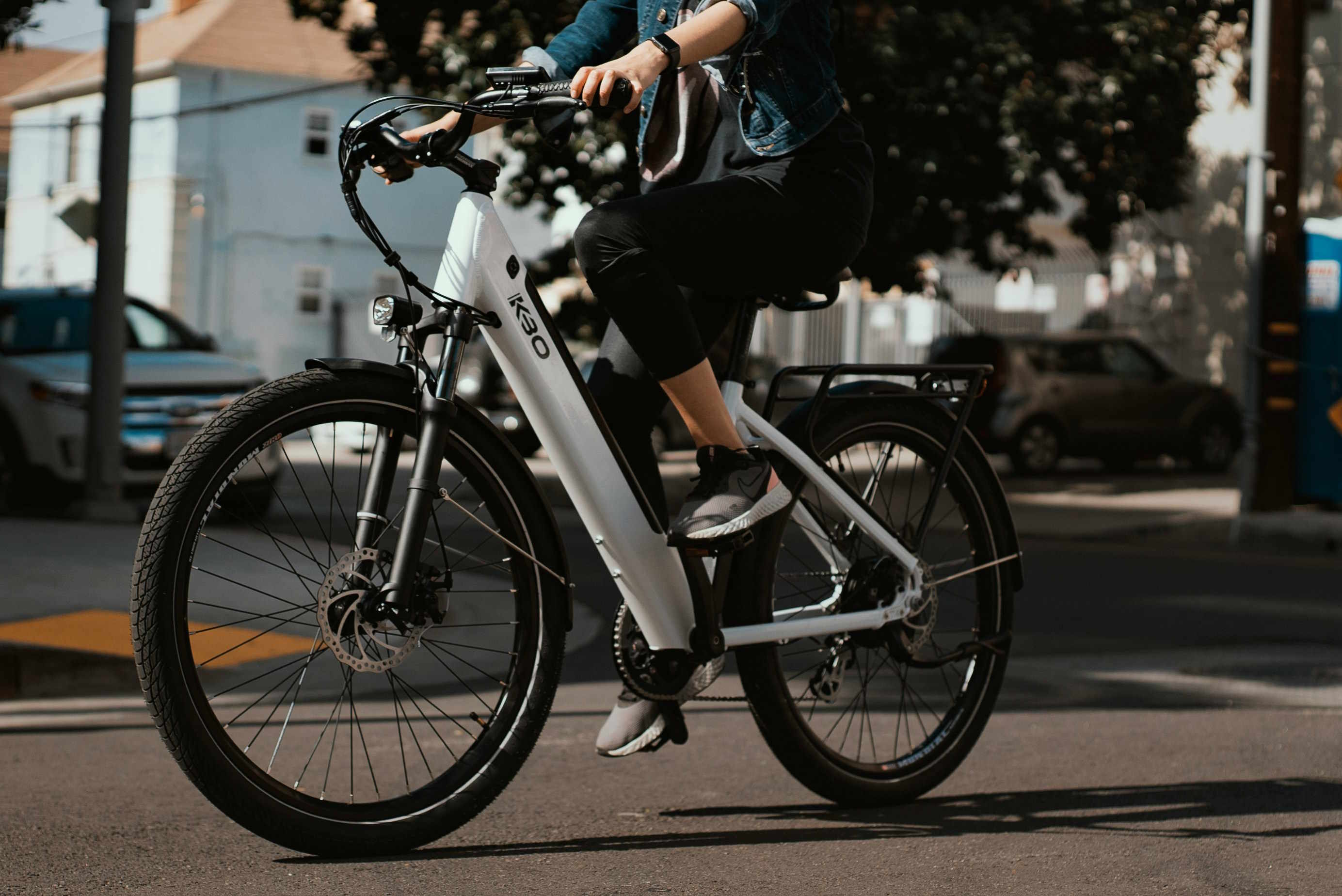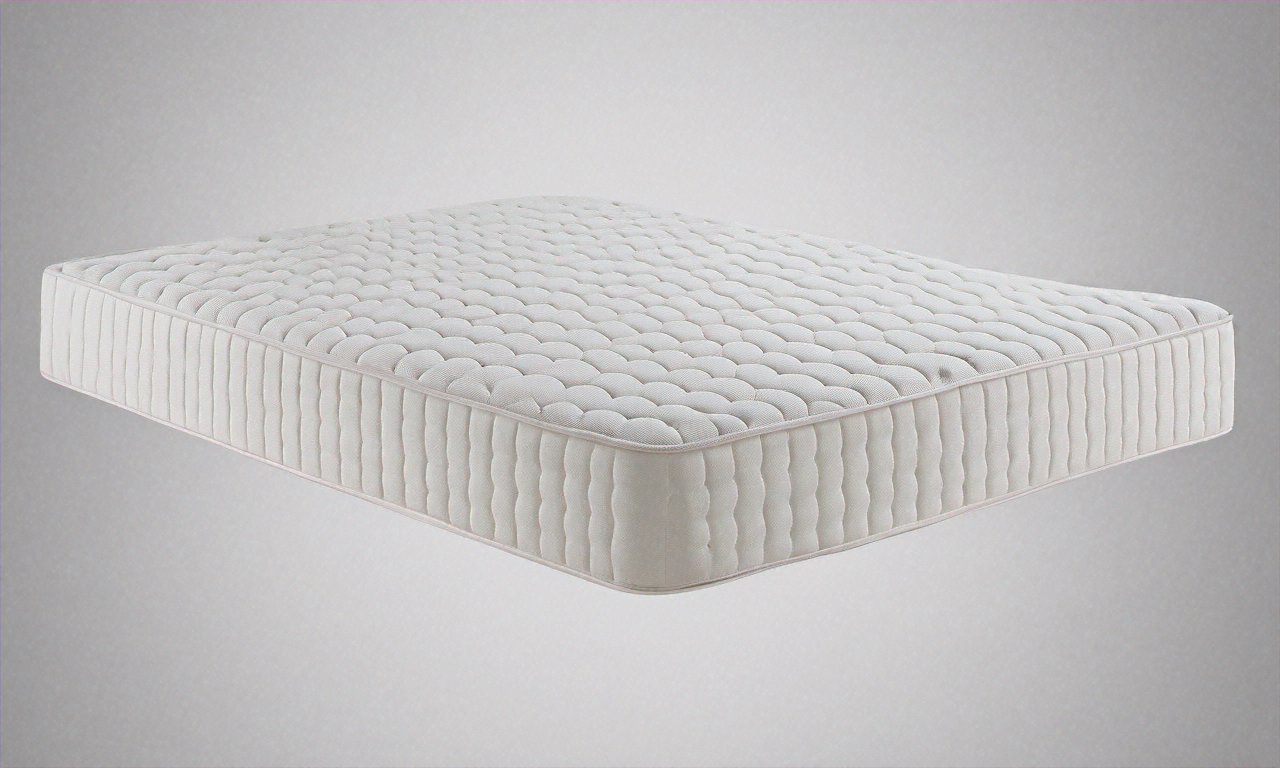Electric wheelchairs: features, use, and purchasing considerations
Electric wheelchairs (powerchairs) provide mobility for people with limited strength or stamina, offering greater independence for indoor and outdoor movement. This article explains how electric wheelchairs work, who benefits from them, the main features to consider, safety and maintenance, and real-world pricing and product examples for a UK audience. This information aims to clarify choices and practical considerations when evaluating mobility solutions.

This article is for informational purposes only and should not be considered medical advice. Please consult a qualified healthcare professional for personalized guidance and treatment.
What is an electric wheelchair?
An electric wheelchair, often called a powerchair, is a mobility device driven by an electric motor and controlled via a joystick, touchpad, or alternative interface. Unlike manual wheelchairs, powerchairs reduce physical exertion and can be configured for different terrains and daily activities. They range from compact, travel-friendly models to larger, rehabilitation-grade chairs with advanced seating and suspension systems. Selection depends on user needs, living environment, and clinical recommendations.
Key features to consider
When assessing electric wheelchairs, consider control interface, battery range, turning radius, seat adjustability, and weight capacity. Control interfaces may include single‑joystick operation, head arrays, or sip-and-puff systems for users with limited hand function. Battery range influences how far the chair can travel between charges—typical ranges span a few miles for compact travel chairs to 15–30+ miles for larger models. Adjustability in seating, tilt, and recline affects pressure care and posture support. Portability and whether the chair can be disassembled or folded matter for transport and storage.
Who benefits from an electric wheelchair?
People with muscle weakness, limited endurance, balance issues, or progressive conditions such as multiple sclerosis, spinal cord injury, or severe arthritis may benefit from electric wheelchairs. Clinicians assess mobility goals, daily routines, home access, and transfer ability when recommending a powerchair. Caregivers and family members should also consider maintenance needs and whether the user requires specialist seating systems for pressure management. Matching the device to the person’s long-term needs and environment helps ensure safety and satisfaction.
Maintenance and safety considerations
Regular maintenance increases reliability and safety. Routine checks include battery health and charging habits, tyre condition, brake function, wiring and connections, and joystick responsiveness. Batteries typically require specific charging cycles and eventual replacement. For outdoor use, water resistance and suspension systems are important. Training for users and caregivers on safe transfers, slopes, kerbs, and public transport regulations is essential. Compliance with local regulations, home accessibility adaptations, and scheduled servicing through authorised suppliers will prolong equipment life.
Costs and product comparisons
Real-world costs depend on model, customization, and supplier. Below are representative products and providers operating in the UK market with approximate cost ranges to illustrate typical options. Figures are estimates and exclude local VAT, adaptations, insurance, or funding support such as NHS or charitable assistance.
| Product/Service | Provider | Cost Estimation |
|---|---|---|
| Jazzy Select (compact powerchair) | Pride Mobility UK | £1,200 – £3,000 |
| Quickie Q700 M (mid-range powerchair) | Sunrise Medical (UK) | £3,000 – £7,000 |
| Invacare TDX SP2 (outdoor/indoor powerchair) | Invacare UK | £4,000 – £8,000 |
| Permobil F5 Corpus (rehab-grade powerchair) | Permobil UK | £8,000 – £18,000 |
| Lightweight travel powerchair (foldable) | Various manufacturers | £900 – £2,500 |
Prices, rates, or cost estimates mentioned in this article are based on the latest available information but may change over time. Independent research is advised before making financial decisions.
Costs vary widely: basic travel chairs and simple compact models sit at the lower end, mid-range chairs with better range and comfort fall in the mid-range, and fully specified rehabilitation chairs with advanced seating and positioning systems occupy the higher end. Accessories such as specialised seating, pressure relief cushions, vehicle adaptations, or specialist controls increase total cost. Check with local services, suppliers, clinicians, and funding bodies for assessment and potential financial support.
How to choose and where to try
Begin with a clinical assessment if possible to determine mobility goals and seating needs. Arrange trials with local services or accredited suppliers to test manoeuvrability, control interfaces, and seating comfort in environments that mirror daily life. Ask about warranty, servicing plans, loan or hire options, and whether local installers provide home assessments for door widths, ramps, and vehicle access. Compare multiple providers for demonstrations and written quotations, and consider aftercare and maintenance support available in your area.
Conclusion
Electric wheelchairs are diverse products designed to meet a wide range of mobility requirements. Careful assessment of features, clinical needs, and real-world testing helps identify the most appropriate option. Cost and ongoing maintenance are important practical considerations; obtaining quotes from reputable suppliers and discussing funding or clinical support can clarify feasible choices.




